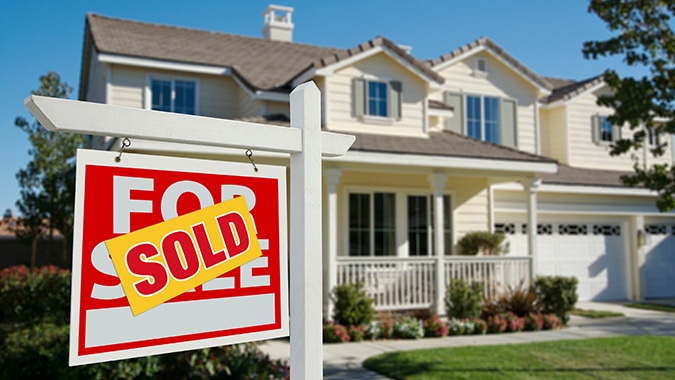A new report from Realtor.com says that in 45 of the 50 largest U.S. metro areas, including New Jersey, the monthly cost of renting is lower than the cost of buying a starter home despite the significant increase in rents that occurred throughout 2022.
In December, the U.S. monthly median rental cost was $1,712, which is about $792 lower than a typical monthly starter home payment. The report said that while a slowdown in the pace of rent increases during the past four months is partially responsible for the affordability gap, the primary cause is the sharp increase in mortgage rates that has made homebuying much more expensive.
In the New York-Newark-Jersey City metro area, the median monthly rent was $2,698 in December, which was $1,537 less than the median monthly cost of a starter home ($4,235). In the Philadelphia-Camden-Wilmington metro area, the affordability gap was narrower. The median monthly rent was $1,697 in South Jersey, about $465 less than the monthly cost of a starter home ($2,162).
The pace of monthly rent growth on a year-over-year basis peaked in July 2022 and has slowed during the past four months. Typical asking rents nationwide were up 11.6% for the entire year of 2022, compared to 2021, but the pace of growth had slowed to 3.2% in December. Meanwhile, the monthly cost to own a starter home grew 10 times faster (37.4%) in December, on a year-over-year basis.
In 2023, strong rental demand is expected to outpace the available supply, making further rent increases likely. However, the projected pace of rental increases (6.3%) will be about half of what was experienced in 2022, and closer to the average rent increases that occurred between 2013-2019 pre-pandemic.
“Despite the fact that renting will likely be cheaper than buying in 2023, rental affordability will remain a key issue throughout the year,” Realtor.com Chief Economist Danielle Hale said earlier this week. “We expect rents will keep hitting new highs, driven by factors including still-low vacancy rates, lagging new construction and demand from would-be first-time buyers.”

